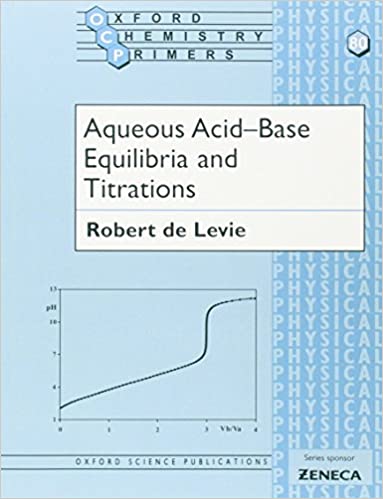Solutions used in EDTA titrations
EDTA solution
EDTA solution is not only stable - it can be stored for months - but it can be also prepared without a need of standardization. First, EDTA can be obtained in the form pure enough. Second, after thorough drying its crystallic from has pretty well defined amount of water of crystallization.
Most commonly used solutions are 0.01M (that is 0.01N - regardless of the fact that EDTA has four protons it always reacts with metal cations on a 1:1 base). However, depending on the needs (concentration of metal to be determined) it is possible to prepare and use EDTA solutions of concentrations ranging from 0.1M to 0.001M.
Crystallic EDTA - in the form of either disodium EDTA dihydrate or anhydrous disodium EDTA salt - has to be thoroughly dried out before solutions preparation (see standard substances used in complexometric titrations section). Also note, that solution preparation is time consuming - EDTA dissolves in water very slowly.
To prepare the recipe for a needed volume of the solution use ChemBuddy concentration calculator. Download the EDTA solution preparation file. Open it with the free trial version of the concentration calculator. After opening the file enter solution volume and click on the button.
Concentrated pH 10 ammonia buffer
This is a concentrated buffer, of high ionic strength, added in small amount to titrated samples.
To prepare the recipe for a needed volume of the solution use ChemBuddy Buffer Maker program. Download the pH 10 ammonia buffer solution preparation file. Open it with the free trial version of the buffer calculator. After opening the file enter solution volume and click on the button.
1M solution of sodium hydroxide
To prepare the recipe for a needed volume of the solution use ChemBuddy concentration calculator. Download the 1M sodium hydroxide solution preparation file. Open it with the free trial version of the concentration calculator. After opening the file enter solution volume and click on the button.
10% solution of ammonium chloride
To prepare the recipe for a needed volume of the solution use ChemBuddy concentration calculator. Download the 10% ammonium chloride solution preparation file. Open it with the free trial version of the concentration calculator. After opening the file enter solution volume and click on the button.
Concentrated ammonia
Just use stock solution, it should be around 30% w/w.
0.05M solution of zinc (as sulfate)
Before dissolving zinc sulfate should be first dried in about 100°C, then roasted in about 400°C. Solution should be acidified with sulfuric acid -
To prepare the recipe for a needed volume of the solution use ChemBuddy concentration calculator. Download the 0.05M zinc sulfate solution preparation file. Open it with the free trial version of the concentration calculator. After opening the file enter solution volume and click on the button.
Concentrated pH 5.5 acetate buffer
This is concentrated buffer that has correct pH after dilution.
To prepare the recipe for a needed volume of the solution use ChemBuddy concentration calculator. Download the concentrated acetate buffer solution preparation file. Open it with the free trial version of the concentration calculator. After opening the file enter solution volume and click on the button.
To be honest I have no idea what is its pH in the concentrated form - but it doesn't matter, as it is not intended to be used directly.
Ferrocyanide and ferricyanide solution
Mix 5 mL of 1% potassium ferrocyanide solution with 20 mL of 1% potassium ferricyanide solution, dilute to 100 mL.
Alternatively you may use solid substances - use ChemBuddy concentration calculator. Download the ferrocyanide-ferricyanide solution preparation file. Open it with the free trial version of the concentration calculator. After opening the file enter solution volume and click on the button.





